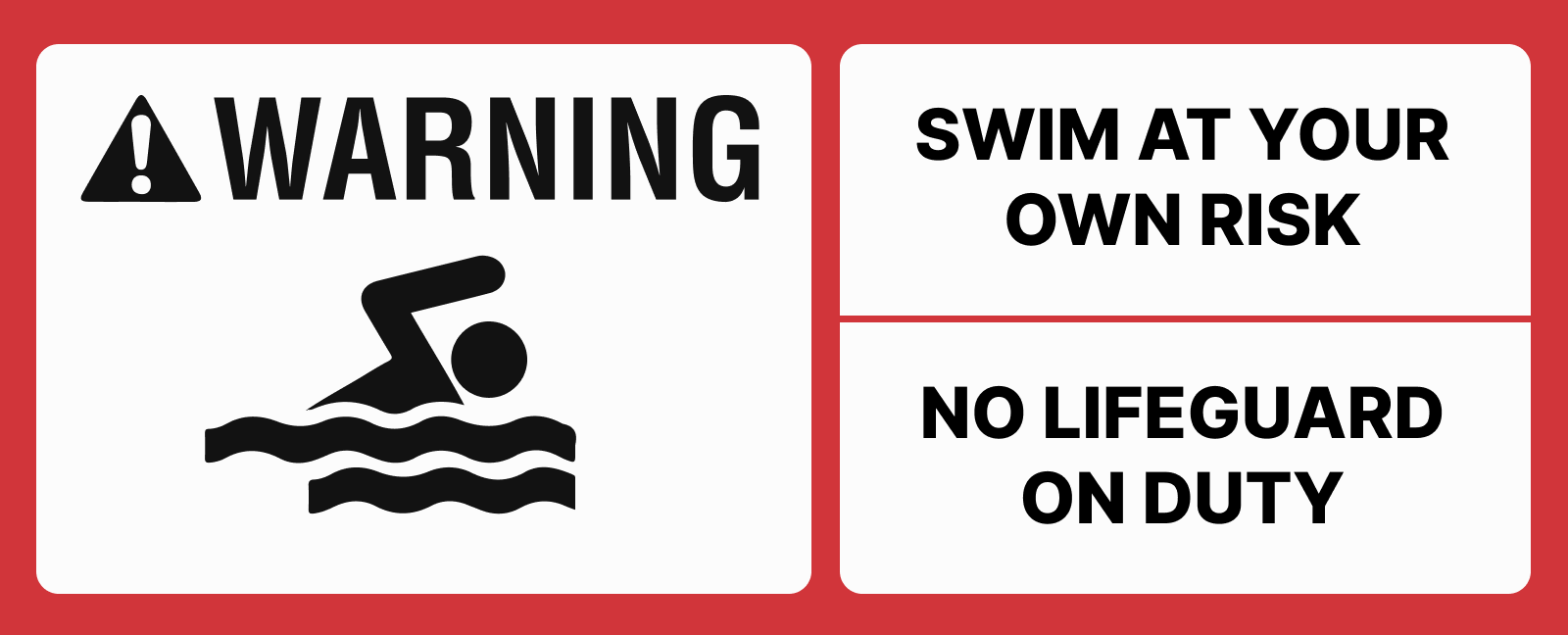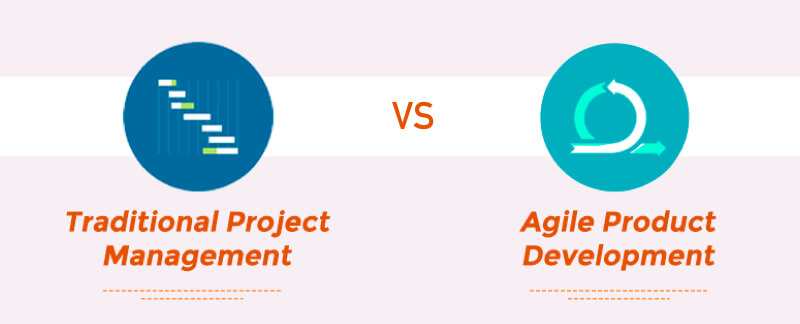Introduction and Benefits of Managing Projects Using PRINCE2 Approach
- Foundation Level (candidates must pass an exam)
- Practitioner Level (candidates must pass the Foundation level exam before attempting the Practitioner level exam)
- Professional Level (candidates are observed over two and half days whilst working through a project case study. At the end of the observation, they get awarded the professional level, if they meet the established requirements)
- It gives a range of processes with steps to ensure the right management activities are done.
- It defines roles to ensure the right people take responsibility for doing the steps and suggests a range of management documents to hold and report on useful management information.
- It disciplines everyone on the project and makes them follow common-sense ideas. It also appoints an assurance role for checking whether the steps are being followed.
- Business case
- Organization
- Quality
- Plans
- Risk
- Change
- Progress
- Continued business justification
- Learn from experience
- Define roles and responsibilities
- Manage by stages
- Manage by exception
- Focus on products
- Tailor to suit the project environment
- Starting up a project
- Directing a project
- Initiating a project
- Controlling a stage
- Managing product delivery
- Managing a stage boundary
- Closing a project
- There are many types of projects and many environments in which they might run. PRINCE2 can be applied to all of these types for two reasons:
- First, no matter what type of project you are running, there will be a common set of activities that need to be done, all of which are set out in PRINCE2.
- Second, the framework is so flexible that it can be tailored in many ways to suit the various situations.
- Corporate or Program Management level: This level sits outside and above the project management team.
- Directing level: The project board is responsible for this level. It is the top level of the project management team.
- Managing level: The project manager is responsible for this level, the middle level of the project management team.
- Delivering level: The team managers and their teams are responsible for this level. It is the bottom level of the project management team.
- PRINCE2 methodology is generic and can be applied to many different types of projects.
- PRINCE2 provides a common vocabulary of project terms.
- PRINCE2 defines specific project management responsibilities and shows how a project management team should be structured.
- PRINCE2 focuses attention on what needs to be created.
- PRINCE2 provides a range of reports and plans as well as other management documents to meet the needs of different levels of management.
- The PRINCE2 management-by-exception approach ensures the efficient and economic use of management time.
- Before, during and after the project, PRINCE2 focuses the attention on the justification for undertaking that project
- Adopting PRINCE2 allows people within an organization to learn how to improve their management skills.
- PRINCE2 provides a theoretical management framework through which actual projects can be viewed.
Related Blogs

Implementing AI into your organization. Where do you begin?
Starting with AI in Your Organization: Building the First Capabilities Artificial Intelligence (AI) is transforming the business landscape, offering unprecedented opportunities for innovation, efficiency,...

Effective Stakeholder Management
In the dynamic landscape of corporate life, successful outcomes often hinge on the ability to effectively manage stakeholders – individuals or groups who have a vested interest in a project – and their support...

Swim at your own risk
After a long day at work, I went to the pool to relax when I noticed this warning sign. Swimming is not something I am used to, but one of my goals for this quarter is to improve my fitness, so I am giving it a sho...

Traditional versus Agile Projects
“Is there a standard project management approach that works for all projects? When should we use agile project management? Is agile project management applicable only for IT projects? What is the “right” project manage...